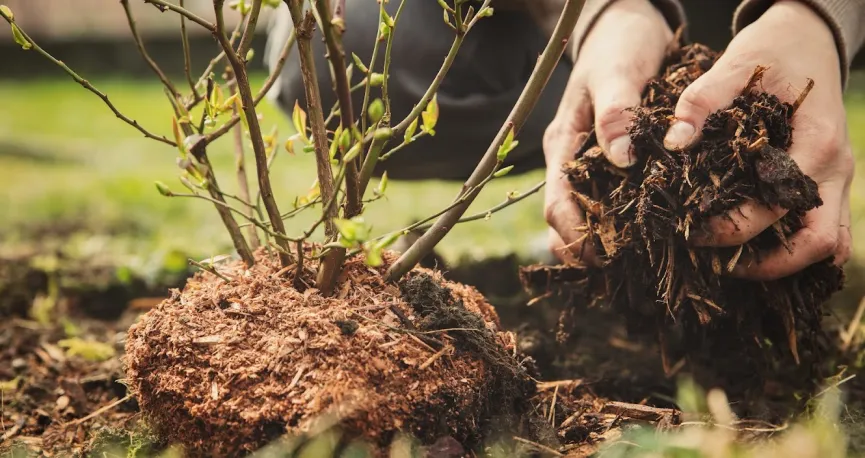If you’re like most homeowners, you understand and appreciate the role that trees can play in contributing to a pleasant aesthetic in your outdoor living space. After all, they provide beauty, cool shade on hot days, windbreaks during windy weather, and in some cases, trees even offer up fresh fare for the family table. However, it’s important for homeowners to learn the basics of tree care to help ensure that the trees in their yard thrive and flourish. Here’s what you need to know:
Making the Right Selections
No matter how meticulously it’s cared for, the wrong tree in the wrong place rarely works out well. For instance, planting a redwood or other very large tree type in an area that doesn’t have the room to accommodate its eventual size. If you plant a tree that needs a lot of sun exposure in a location with lots of shade, chances are good that the tree will languish and eventually fail to thrive.
Using Proper Planting Methods
Once you’ve done your research on the type of trees you want to plant, make sure to get them started off on the right foot by using proper planting methods. As a general rule, the planting hole should be two or three times wider than the root ball of the tree you plan to plant. Use a mixture of native soil and outdoor potting mix for backfill, water thoroughly to remove any air pockets, and add a layer of mulch to help hold moisture in the soil and discourage weed growth.
Practice Proper Watering
Your newly planted trees will need to be watered more often than their established counterparts. Deep and infrequent watering is better than shallow watering because it encourages the roots to grow deep and strong. Watering in the morning to give the area a chance to dry before evening reduces the risk of fungal pathogens developing. Be sure to adjust your watering schedule to account for variations in the weather — your tree will need more water during hot, dry spells, while most trees don’t need extra watering during rainy periods.
Learn Pruning Techniques
Different types of trees have different pruning needs, it’s important to research your varieties carefully and adhere to the advice of experts. If you’ve planted a fruit tree and plan on harvesting fruit from it in a few years, you’ll need to learn the pruning techniques that are conducive to the development of fruit. Always remove dead or diseased wood no matter what the type of tree, and be mindful of using only sharp, clean pruning shears to help prevent the spread of disease.
Manage Pests and Diseases
Pests and diseases are another issue that will be highly dependent on the types of trees you’ve chosen to plant. Familiarize yourself with common pests and pathogens and learn to recognize their signs. Keep in mind that the best defense against pest and disease damage is a healthy tree.
Know When to Call in the Professionals
Trees represent a significant investment, so don’t be afraid to reach out to a professional tree service if you feel stymied or otherwise in over your head with specific tree issues. Examples of when homeowners might want to schedule a visit from a local tree service include large scale insect or fungal disease infestations, storm damage that poses a safety hazard, and heavy work that requires specialized equipment, such as removing a big branch. Additionally, many busy homeowners prefer to leave most tree care to the professionals so that they can simply sit back and enjoy the beauty and piece of their outdoor living spaces.

